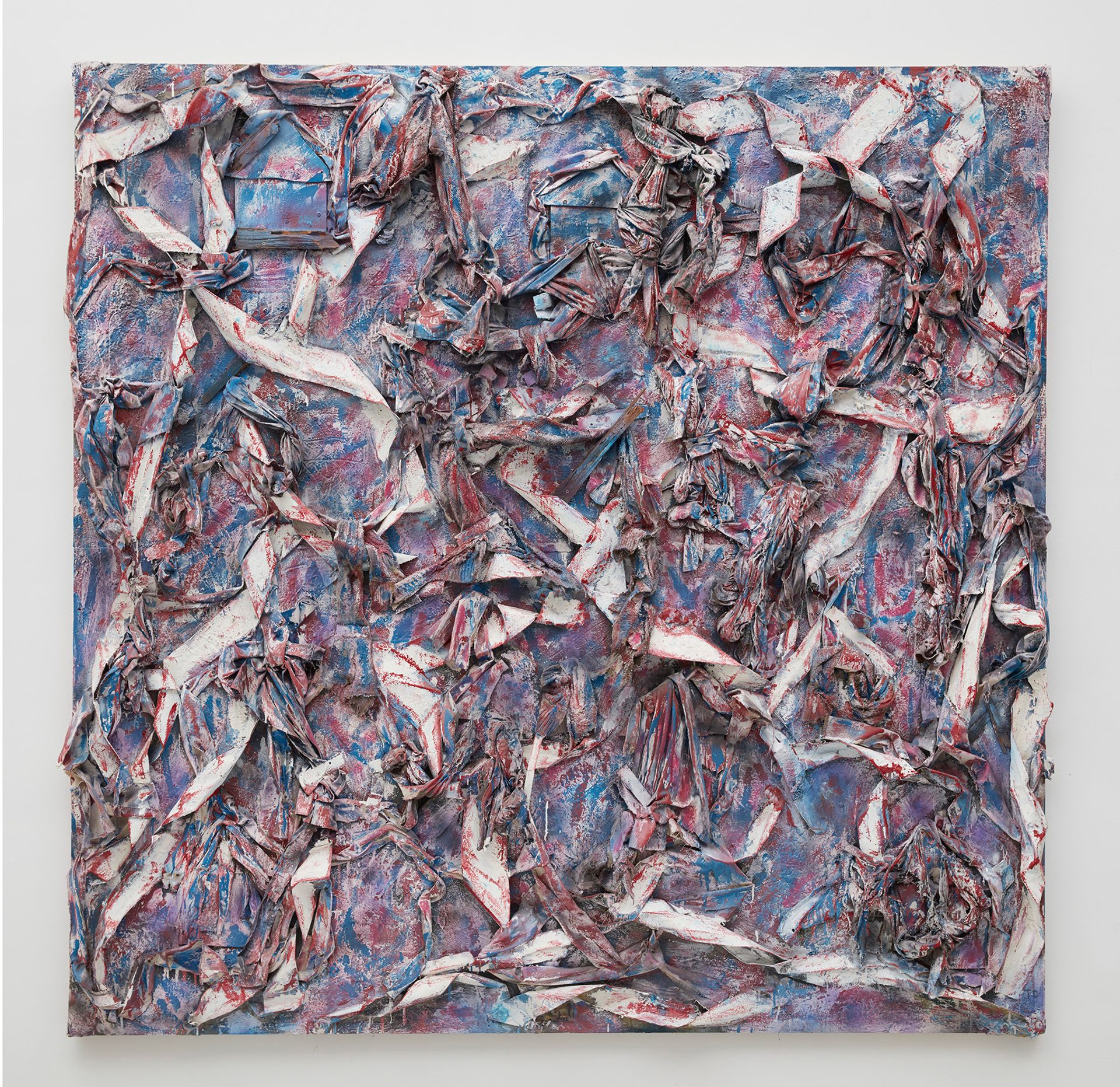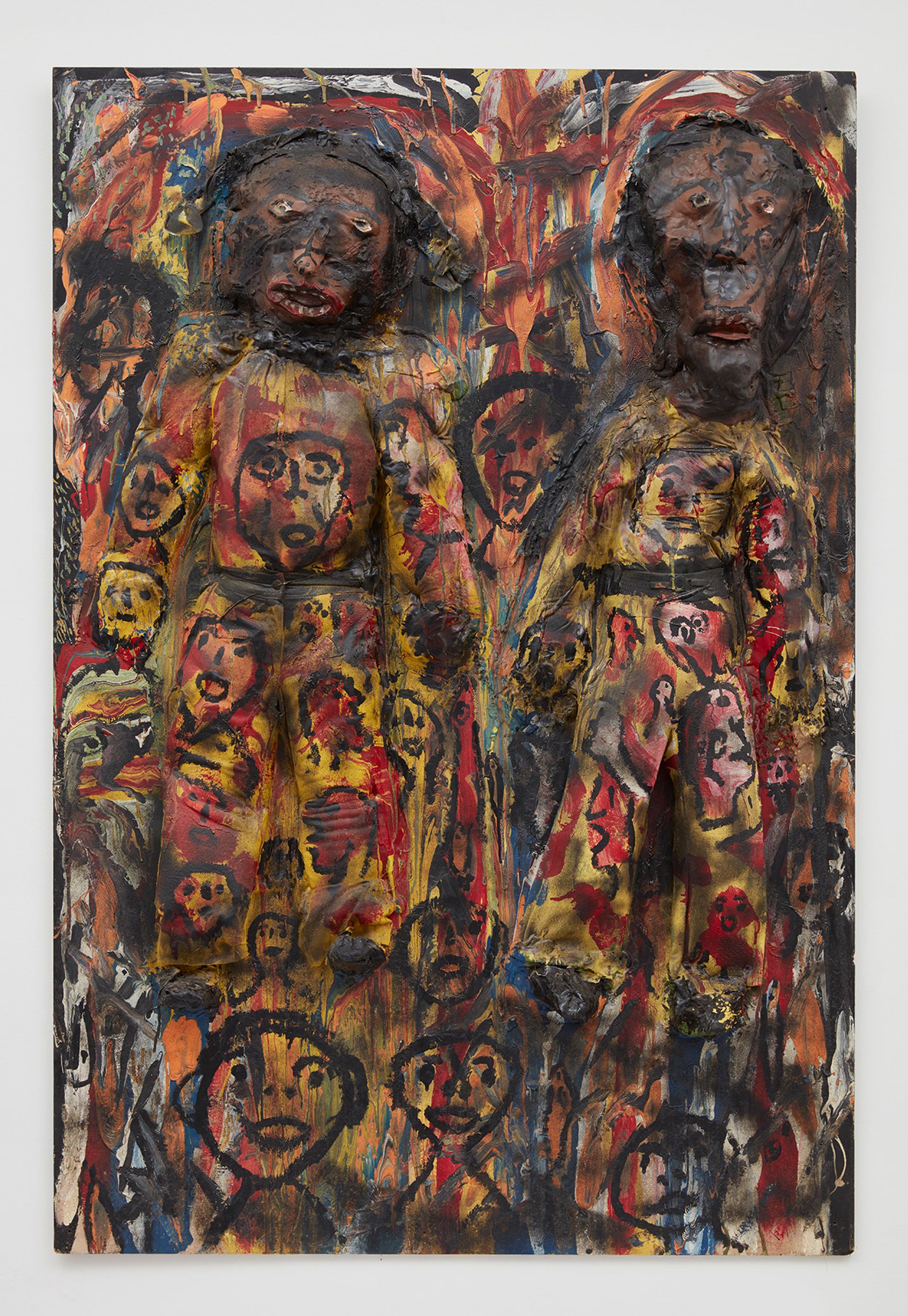The first show of works by the self-taught artist Thornton Dial since his death in January focuses on the artist’s later years. Adrian Turner, who organised We All Live Under the Same Old Flag at Marianne Boesky Gallery in New York (until 18 June), says the works represent the “overarching American-ness of this artist, and his artistic transition later in life”.

The gallery began working with Dial in October last year, and now represents his estate. The show takes the name of an abstract work Dial created in 2008 comprised of cloth, metal, enamel, and canvas on wood, spray-painted to resemble a mutilated American flag. “The title implies that we’re all here together,” says Turner. “So how do we work together, and how do we all prosper together within the chaos?”
The title also evokes other works in the show that employ the Stars and Stripes as a subject, such as the enamel-on-wood work The Raggly Flag (1989) that symbolises the contradictory unity the American flag represents.

Another construction on wood, Suspects (1989), depicts two African American men who appear to be standing against a wall, surrounded by faces that stare back at the viewer from the canvas. “The titles of the works illustrate the themes that Dial conveyed throughout his career, and a piece from the 1980s can still be interpreted in a current context—either with the Black Lives Matter movement, or in a myriad of different ways,” Turner says. “The show presents an overall theme, but at the same time provides an overview of how these themes expanded throughout the years.”
Before his work was discovered by the Atlanta-based art collector Bill Arnett in the mid-1980s, the Alabama-born artist originally created representational sculptures and assemblage from materials that he salvaged from the railway boxcar factory where he worked. Dial transformed commonplace materials such as tyres and chains into works intended to build dialogue around the historical social injustices suffered by African Americans in the rural South. Later in his career, and especially after the 9/11 terrorist attacks, Dial shifted his focus to take on a “more national view, with a more pluralistic aesthetic,” Turner says.

